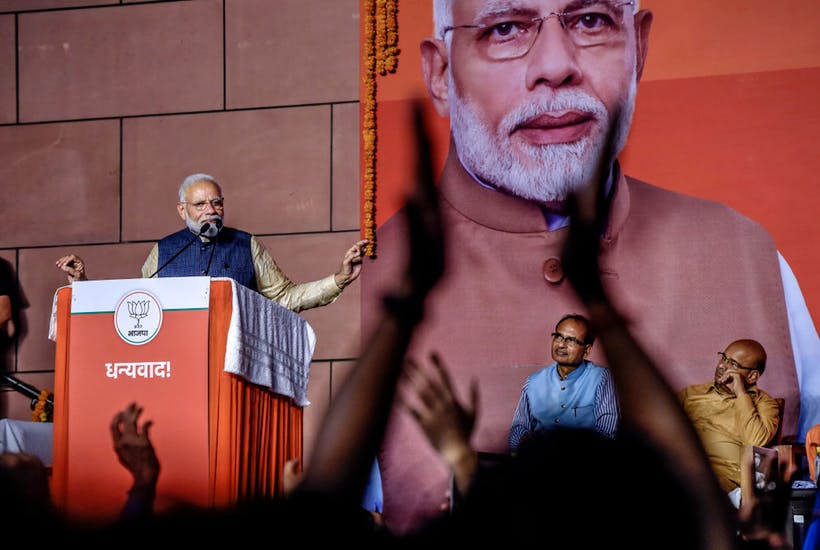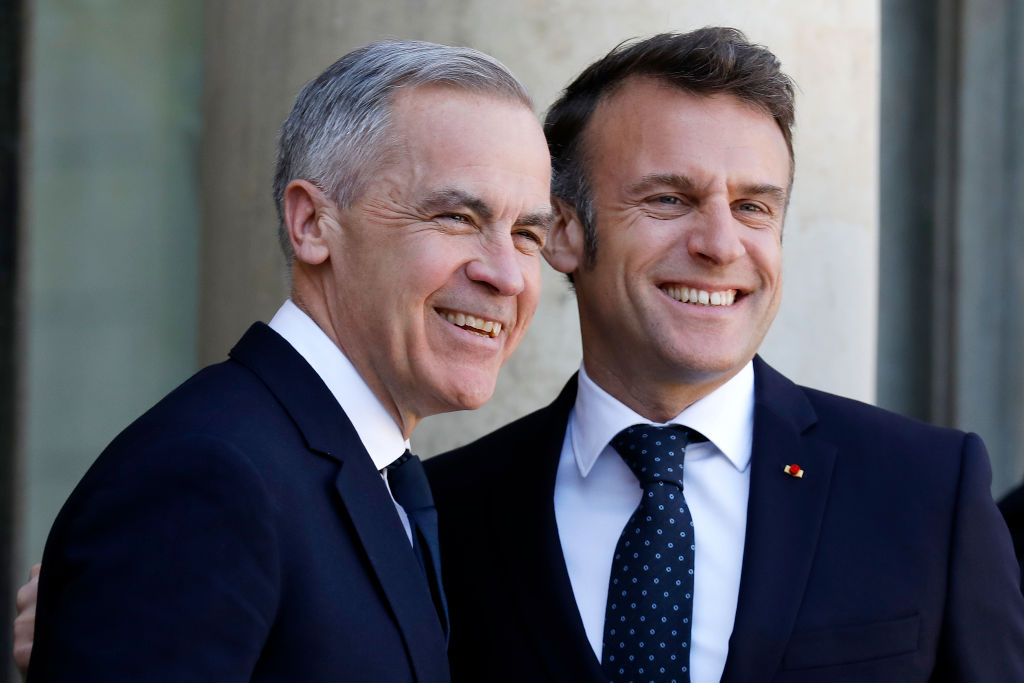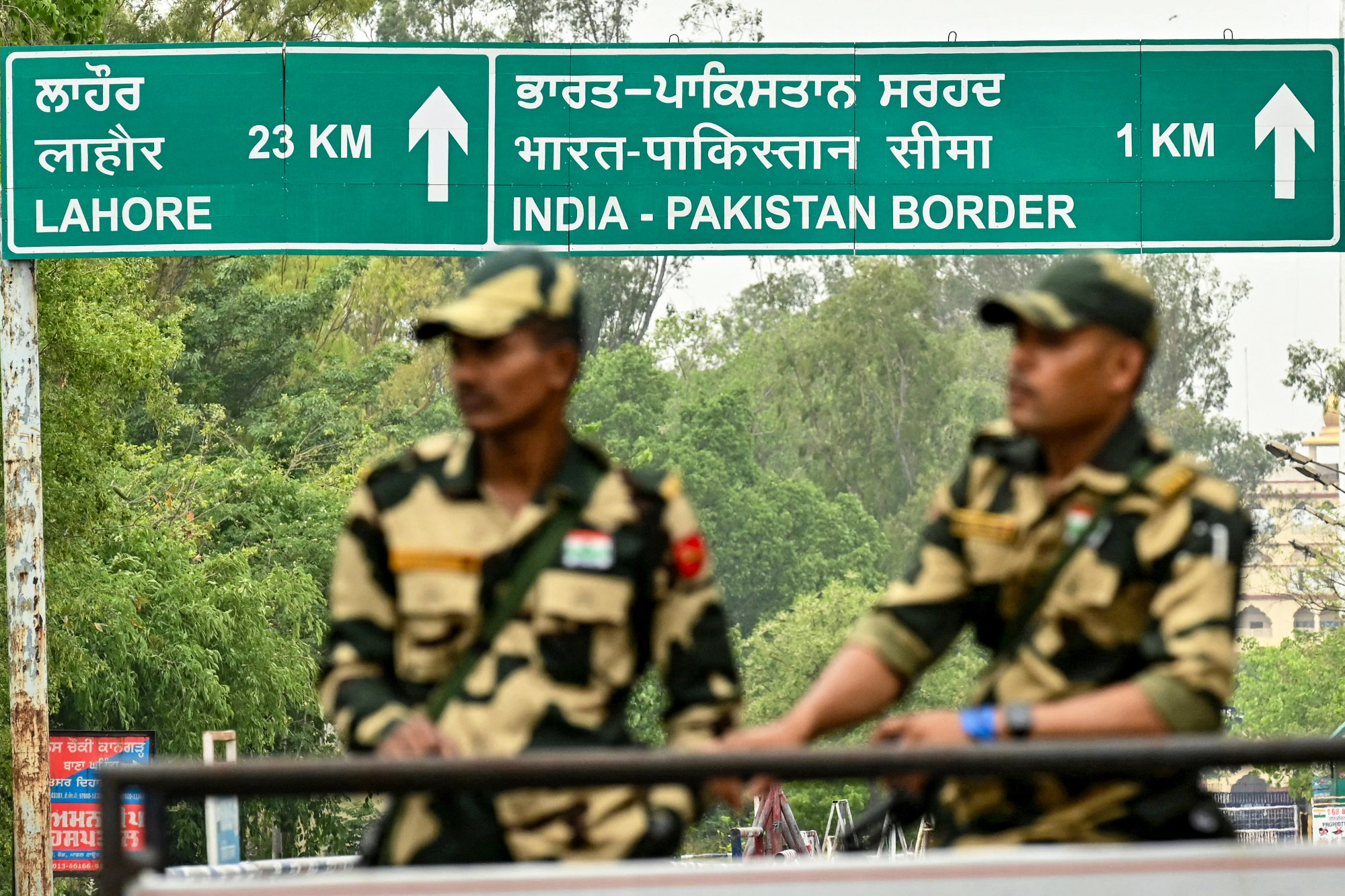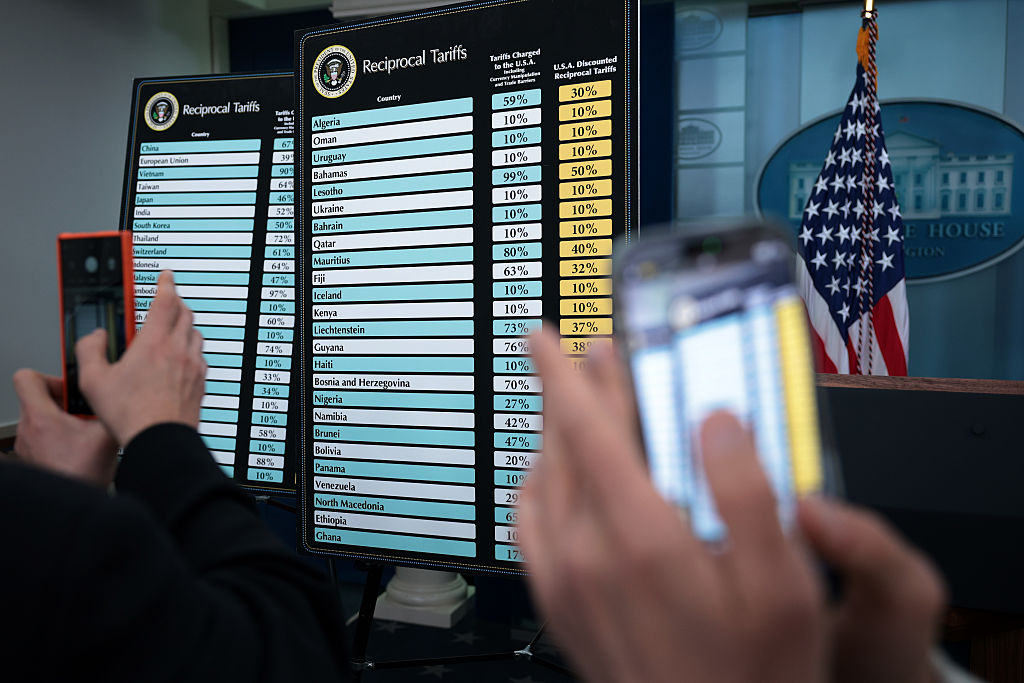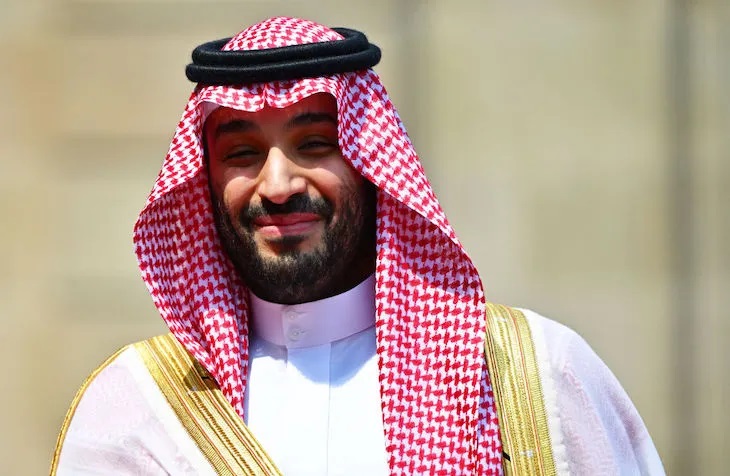Looking back on Narendra Modi’s first five years in office as India’s Prime Minister, it’s hard to find good news. Record-high joblessness, a stagnating economy, and continued widespread government corruption. With any other person, this would spell electoral defeat, but not for Modi. This week, the 68 year-old leader of the Hindu nationalist Bharatiya Janata Party (BJP) swept to power for a second term, outperforming his results in 2014 that led him to power and picking up more than 300 seats in the Indian Parliament.
His first victory had been a complete shock. For an almost uninterrupted 60 years, the Congress party had controlled India and its parliament with a system of patronage and a controlled economy. Congress – controlled by the family of independent India’s first leader Jawaharlal Nehru – expected to be returned this year to what they see as their rightful position running the country. Instead, the party’s leader Rahul Gandhi lost his own seat, while other party dynasts lost their constituencies to farmers and other working class opponents who wouldn’t have stood a chance even a few years earlier.
The reason is entirely Narendra Modi. More than a third of his supporters, according to the Delhi Center for the Study of Developing Societies, would have voted for another party had he not been leader. The man who claims to have once been a chai wallah is seen as the embodiment of sweeping away the establishment that has felt as entitled to run India as the East India Company.
The lack of economic growth is pushed aside with Modi’s excuse that he is trying to undo those 60 years of Congress’s administration, similar to David Cameron’s argument after taking power in 2010 following 13 years of Labour government.
To try and distract from unfavorable economic news, Modi is eager to spearhead large projects that project his image across the country in a presidential way. Gas cookers bearing his face are installed in poor homes, or public lavatories plastered with his slogans are placed in villages with no running water. He inserts himself and his platform quite literally into voters’ homes. The facts that many of the lavatories lie dormant and the cooking stoves untouched don’t matter.
His actual failure to deliver doesn’t bother the voters at all, and neither do many of his party’s more controversial views. The BJP see their origins in the ‘Hindutva’ movement which advocates turning India into a Hindu state, where the faith’s adherents come first. It is an ideology that Modi is said to believe in strongly, having been a member of the party’s paramilitary wing, the Rashtriya Swayamsevak Sangh. The idea clashes with the secular nation of India, affirmed in the preamble to the country’s constitution, and maintained by the Congress Party for decades. The rise of Modi has scared many Indian Muslims, who worry about what will happen over the next five years.
But one of Modi’s most successful ploys has been to activate the passions many Indians hold towards their enemies and an innate sense of national pride. His bombing of an empty field in Pakistan was marketed as a victory against ‘terrorists targeting India,’ and breathless TV commentators praised the Prime Minister and talked of dozens of enemy combatants being killed – in fact the only casualty was a farmer injured by shrapnel.
Not long afterwards, Modi gave a press conference announcing India had shot down a satellite. He told his people that they had joined the ranks of the world’s superpowers. Once again, it is not the results or the lack thereof that these actions have, but the image he is able to show India.
Parliamentary democracy is a recent innovation in India, and leaders being boring ordinary politicians does not sit quite well with many people. They crave powerful leaders, such as those which India had for centuries before British colonization and has had since independence – exemplified by the iron grip of Indira Gandhi in the 1970s – Modi is just the latest and won’t be the last.
This article was originally published on The Spectator’s UK website.



